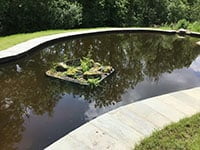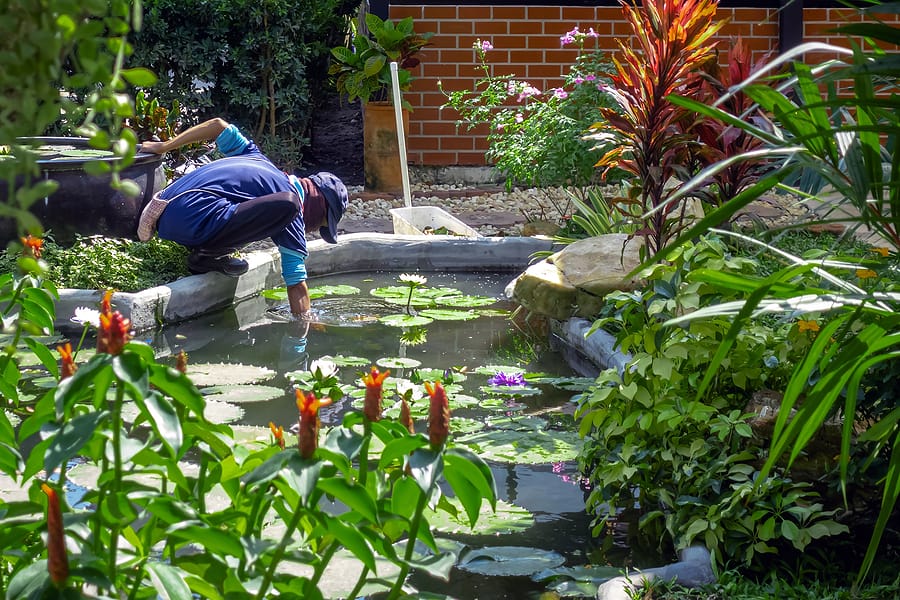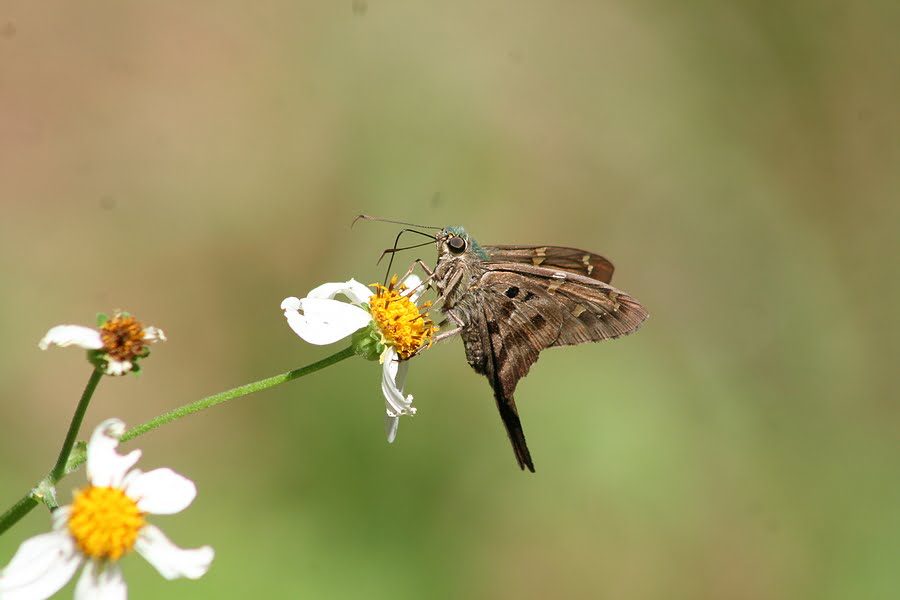
How To Get Started With A Pond In The New Year
21st February 2022
Top Tips For Fixing Common Pond Issues
17th March 2022Spring is just around the corner, and with it brings the joy of watching the garden bud into life. If you are lucky enough to have a pond, now is an ideal time to carry out some maintenance. A bit of attention now can mean you will have a healthy habitat to allow wildlife, fish and pond plants to thrive throughout the year.
Clear out leaves and debris
If dead leaves and other matter have accumulated on the surface of the pond, first skim these off. After the recent heavy storms we have experienced this winter, there may be hidden foreign objects that have entered the water and settled on the bottom, so trawl the depths with a pond net to clear out any rubbish.
Deal with the sludge on the bottom
Even the best maintained ponds tend to acquire a build-up of sludge and decaying matter during the winter. If this is not dealt with, it can encourage the growth of algae during the summer, as it provides a perfect fertiliser. A pond vacuum, either manual or electric, is the best tool to remove sludge.
Alternatively, some additives are designed to harmlessly break down the sludge matter, as well as adding beneficial bacteria to the pond.
Clean and the filter and pump
It’s advisable to give the pump and filtration systems a good clean out, as they will have been dealing with a heavy load all winter. A clear out will mean that they can operate at the maximum efficiency level and keep the pond healthy during the summer months.
Use a stiff brush to scrub off deposits from the outside of the pump, and clear any matter from the impeller, making sure the blades are still in good condition. Ideally, an impeller brush should be used to clean the chamber and blades.
It is also worth investing in some flexible pipe brushes to unclog the pipework and hoses, which are likely to be clogged up to some degree at this time of year. Also check them for any cracks, leaks, and other signs of damage.
Avoid rinsing the part of the filter under the tap, as the chemicals in tap water will kill off the friendly bacteria that is essential for the healthy functioning of the pond. Instead, collect a containerful of water from the pond and use this to remove larger pieces of matter; there is no need to get everything spotlessly clean.
Inspect your fish and plants
If you have fish in the pond, check up on their well-being. Remove any fish that have unfortunately died during the winter. Remember that fish such as koi carp will still be in their winter torpor state if the water temperature has yet to rise above 10°c, so it is perfectly normal to find them sluggish, or largely motionless. Once the water temperature rises to around 12°c, you can switch from winter fish food to pond pellets and flakes.
Refresh any plants that have outgrown their containers, either by potting up into larger baskets or splitting and creating several new plants: irises that haven’t been split for a couple of years, in particular, will benefit from this.
Now is a good time to introduce new plants if you feel there is room, or if any dead plants need replacing. Trim back any dead or scruffy growth above the waterline remaining from last year, being careful not to damage any new growth just starting to emerge.





